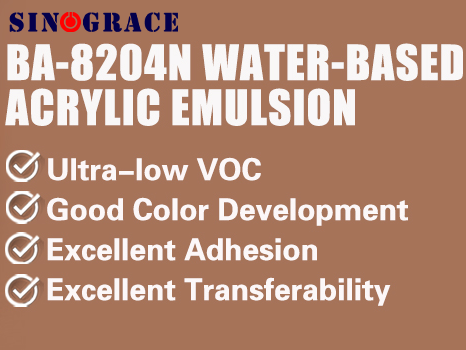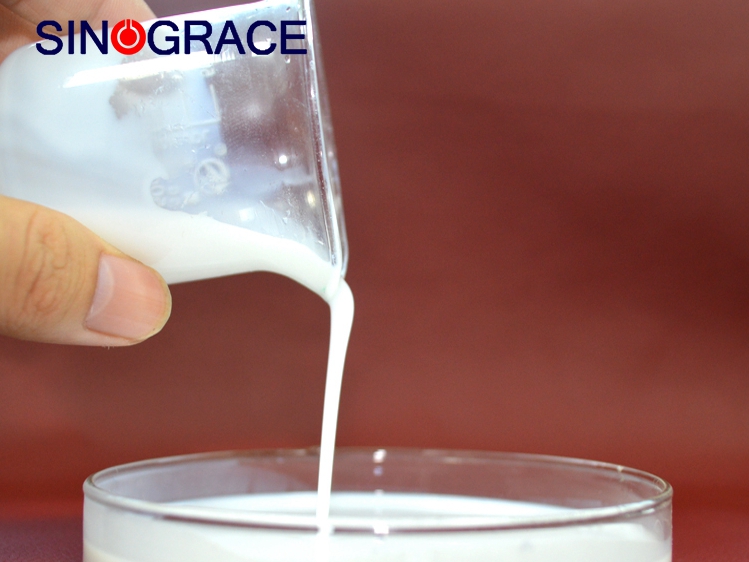

2024-04-24
Ink scraping is not clean troubled many manufacturers, there are ten reasons for scraping is not clean, save it for use! 1.Ink viscosity is too high When the viscosity of the ink increases, the surface tension also increases correspondingly, and the force between them also increases, so that the scraper will increase the impact force of the ink on the scraper in the contact process with the ink, destroy the balance point, resulting in the scraper can not completely scrape the remaining part of the ink on the plate roller, which directly affects the quality of the product. 2.The pressure of the scraper is too small Under normal circumstances, when the machine is just started, the pressure of the scraper is often set very small, with the increase of the machine speed, the impact of the printing ink on the plate roller on the scraper will increase with the increase of the machine speed, destroying the original balance point, directly resulting in unclean scraping. 3.Ink into the water or use time is too long After the ink is used for a long time, on the one hand, the pigment in the ink will be precipitated continuously during the long cycle process, so that the composition of the ink will change, on the other hand, the water vapor in the air will be solidified due to the volatilization of the solvent and enter the ink, and the composition of the ink will also change. Thus, the overall performance of the ink is changed, the scraping performance of the ink is greatly reduced, and the scraping difficulty of the scraper is directly increased, resulting in unclean scraping. 4.The solvent dries too fast or slowly Mixing solvent too fast dry, in addition to the ink viscosity in a short time to improve, but also make the ink adhere to the spare part of the plate roller, due to the solvent volatilization too fast, adhere to the plate roller ink will be gelatinized, in the plate roller through the scraper, due to the high adhesive force of the gelatinized ink, the scraper can not be in the plate roller running for a week to scrape it off, thus directly to the printing substrate. Resulting in unclean scraping. The solvent itself is volatilized very slowly, causing the remaining part of the ink over the plate roller to not dry on the surface of the plate roller in time, and its state is similar to that of the dot part of the ink, so that when the printing substrate passes through the plate roller, the remaining part of the ink over the plate roller can be easily transferred to the printing substrate, resulting in the generation of dirty scraping. 5.The use of roller is too long Due to long-term use, the surface of the plate roller will be worn due to the force of the scraper, and the surface will become more and more smooth, resulting in the affinity between the ink and the plate roller becoming stronger and stronger, directly increasing the difficulty of scraping the scraper, resulting in unclean scraping. 6.The scraper assembly is too soft, the Angle is too p...
read more
2024-04-19
"If there are small bubbles in the complex, opaque and foggy, it will not only affect the appearance quality, but also affect the peeling strength of the complex, reducing it, which is a very bad phenomenon." 1.The surface tension of the base film is too small, the infiltration is poor, the glue is not uniform, and the space without glue is empty and bubbles are generated. The solution is to use a film with a surface tension greater than 38mN/m, or re-corona treatment, or online corona treatment, qualified for reuse. 2.The pressure of the composite roller is insufficient, or the surface temperature of the composite steel roller is too low, the activation of the adhesive is insufficient, the fluidity is insufficient, the micelles of the same dot are uneven, and there are small gaps, resulting in very small bubbles. At this time, the surface temperature of the composite steel roller should be increased, and the pressure should be increased. It is best to smooth the rubber particles with an inverted rubber roller before applying the adhesive base film into the baking channel. 3.The Angle between the composite roll and the film is not appropriate, the envelope Angle is too large, especially for rigid materials, easy to cause folds and even bubbles. The Angle should be carefully adjusted, the wrapping Angle should be changed, and the composite roller should be entered as far as possible according to the tangential direction. 4.There is dust attached to the surface of the film, the dust particles will be two layers of film up, forming a circle around the empty ring is a little bit of air bubble, look carefully in the middle of a black spot. If there is such a phenomenon, should pay attention to the environment clean, keep the air fresh. 5.There is a trace of water mixed in the adhesive, and an NCO in the adhesive reacts with water to produce CO2 gas. Therefore, it is necessary to keep dry on solvents and environmental humidity to eliminate the cause of CO2 production. 6, residual solvent, and the permeability of the solvent is poor, the solvent gasification to form bubbles sandwiched between the two layers of film. Therefore, the amount of residual solvent should be controlled, or the base film with a large solvent transmittance should be decompounded. Sinograce Chemical has high quality water-based acrylic film adhesive, welcome to consult and buy
read more2024-04-18
Considering from two aspects of packaging cost and performance requirements, the thickness selection of each layer of composite flexible packaging materials should be carefully weighed. In general, the heat seal layer can be determined by market generalization and standardization, the strength support layer is generally determined according to the weight of the packaged product, and the thickness of the functional material is generally determined by the shelf life of the product. 1.Permeability coefficient: According to the maximum allowable water absorption of the packaged product or the maximum allowable water removal of the product, the method is mainly suitable for the design of moisture-proof packaging products, and the key is to calculate the moisture permeability coefficient of flexible packaging composite materials. 2.Oxygen permeability coefficient: According to the maximum allowable oxygen absorption of the packaged product, the method is mainly suitable for the product barrier packaging which is very sensitive to oxygen, and the key is to calculate the oxygen permeability coefficient of the flexible packaging composite material. 3.Number of microorganisms: According to the maximum allowable number of microorganisms per unit volume or unit surface area, the method is mainly suitable for mildew resistant packaging of products that are very sensitive to microorganisms, and the key is to determine the type of microbial products and the law of reproduction and growth. 4.oxygen coefficient and carbon dioxide coefficient: According to the maximum amount of carbon dioxide or oxygen permeability allowed by the packaging container, the method is mainly for the inflatable insurance packaging of products, products with declared activity need oxygen insurance or maintain bright color, but also need high concentration of carbon dioxide to inhibit the growth and reproduction of microorganisms, the key is to calculate the oxygen permeability coefficient and carbon dioxide permeability coefficient of flexible packaging composite materials. When packaging products, sometimes it is necessary to achieve the purpose of moisture-proof packaging, but also to achieve the purpose of oxygen resistance packaging or mildew proof packaging. Therefore, the thickness of the composite packaging material is generally determined by the main packaging purpose of the product packaging and the shelf life of the product, and then the theoretical shelf life of the designed packaging is estimated according to the thickness of the material and another packaging purpose to verify the rationality of the design of the packaging.
read moreCopyright © 2015-2024 Anhui Sinograce Chemical Co., Ltd..All Rights Reserved.powered by dyyseo.com
top